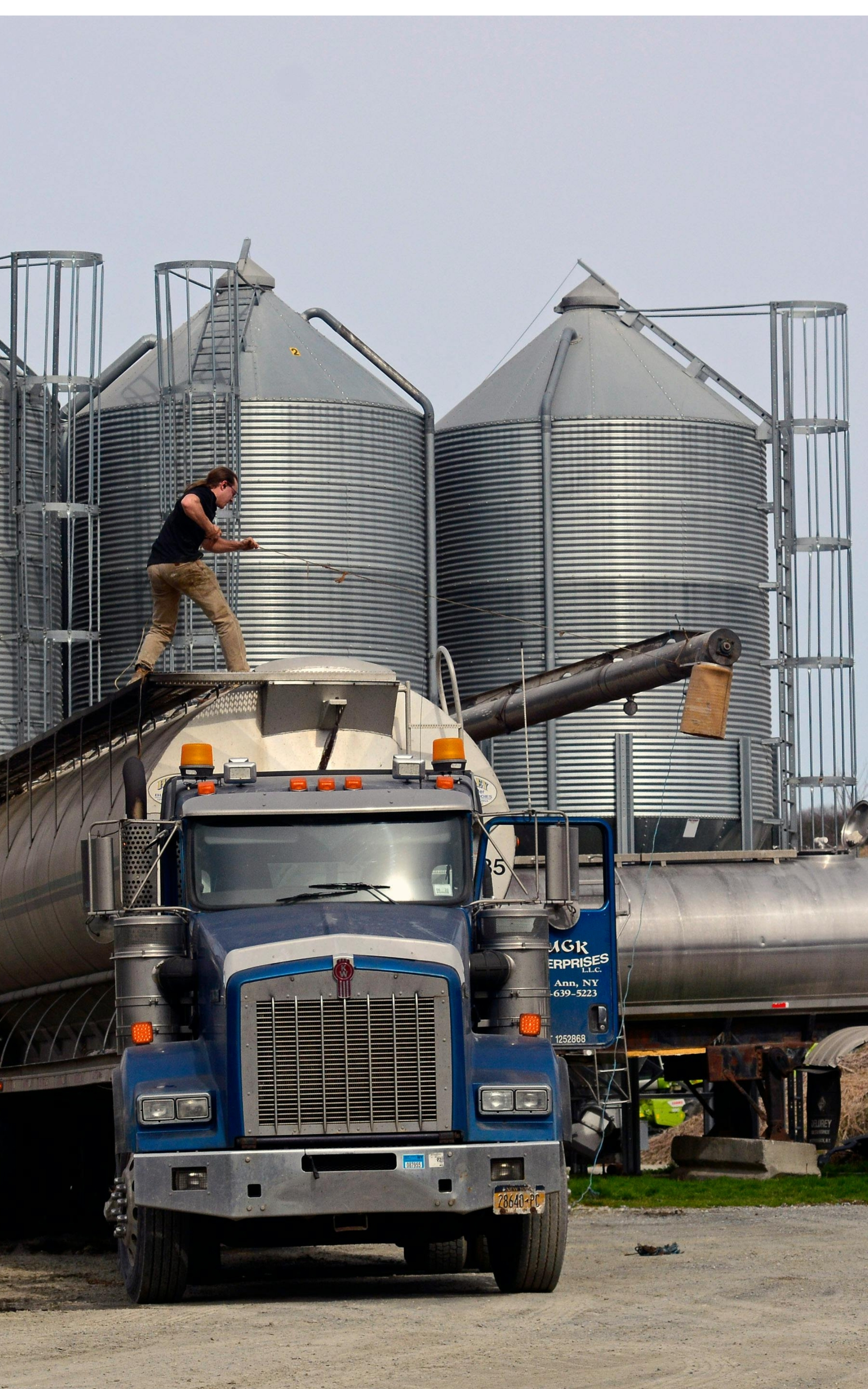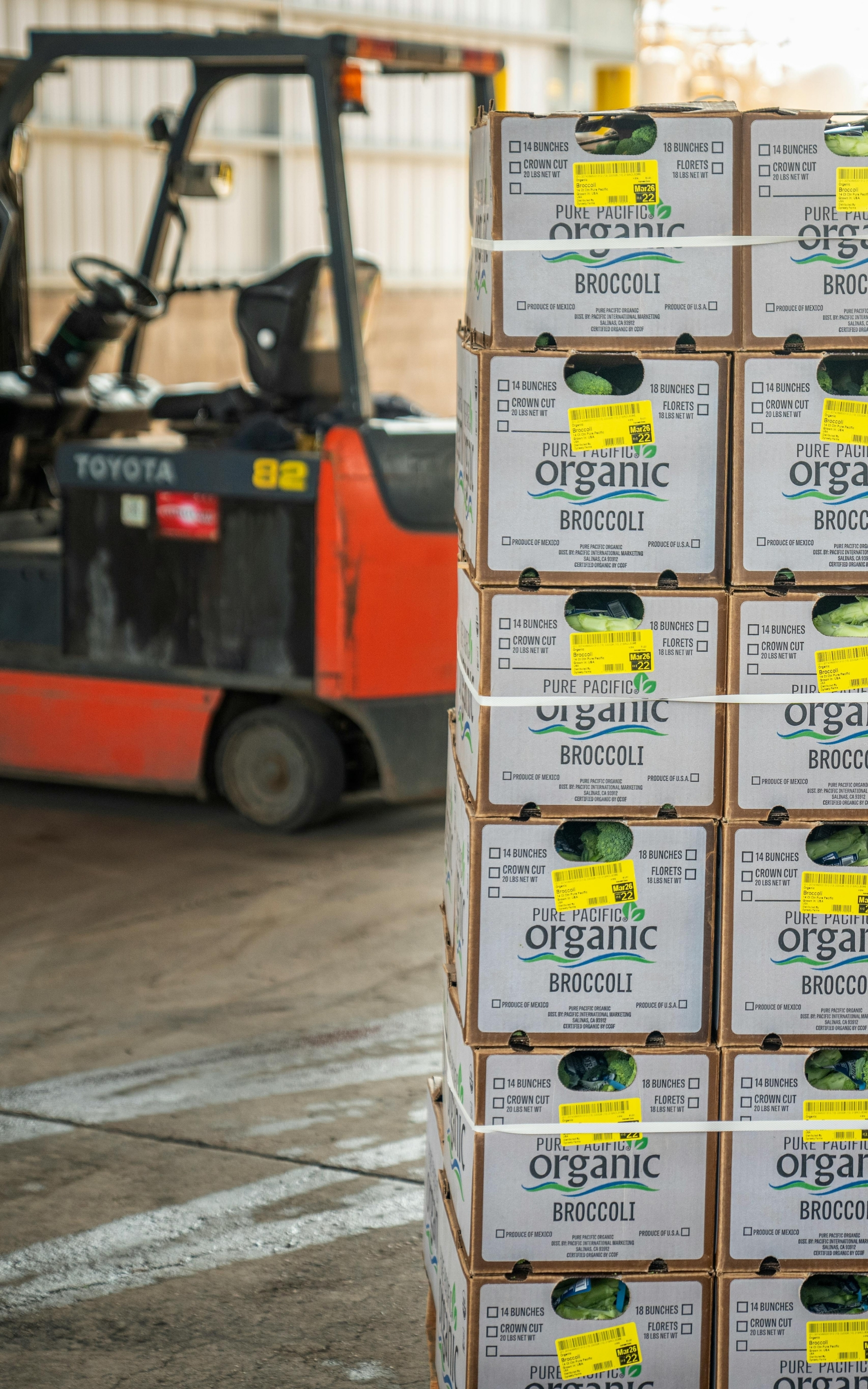Dry Food Logistics
Non-Perishable Food Transportation
Transporting non-perishable food items requires different considerations compared to perishable goods. These products need to be kept dry and free from contamination.
- Moisture-proof packaging
- Pest control measures
- Secure loading and unloading
Warehouse and Storage Management for Dry Goods
Effective warehouse and storage management for dry goods involves organizing products to maximize space and ensure easy access.
- Shelving and racking systems
- Climate control
- Inventory management software
Beverage Industry Logistics
Soft Drink and Juice Logistics
Logistics for soft drinks and juices require specialized handling to prevent damage and ensure freshness.
- Fragile packaging
- Temperature control
- Timely delivery
Specialized Handling of Liquid Cargo
Handling liquid cargo involves specific techniques to prevent leaks and contamination.
- Secure sealing
- Spill containment measures
- Specialized containers
Global Food and Beverage Logistics
International Shipping Considerations
International shipping of food and beverage products involves navigating complex regulations and ensuring timely delivery.
- Customs clearance
- Tariff and duty management
- International shipping routes
Cross-Border Regulations
Understanding and complying with cross-border regulations is essential for smooth international logistics.
- Import/export restrictions
- Health and safety standards
- Documentation requirements
Last-mile delivery for Food and Beverage Products
Direct-to-Consumer Delivery Models
Direct-to-consumer delivery models are becoming increasingly popular, offering convenience and freshness.
- Home delivery services
- Subscription boxes
- Online grocery platforms
Innovative Last-Mile Solutions
Innovative solutions for last-mile delivery include using technology and alternative transportation methods.
- Drones and autonomous vehicles
- Smart lockers
- Real-time tracking apps
Our Best Practices for Safe Shipments
Implementing best practices ensures the safe shipment of perishable goods. This includes proper packaging, temperature control, and timely delivery.
- Use of insulated packaging
- Regular temperature checks
- Efficient route planning
Packaging and Insulation Techniques
Proper packaging and insulation techniques are vital for protecting perishable goods during transit.
- Insulated containers
- Gel packs and dry ice
- Vacuum-sealed packaging
Seasonal Demands in Food and Beverage Logistics
Holiday Rush Management
Managing the holiday rush involves planning for increased demand and ensuring timely deliveries.
- Increased inventory
- Additional staffing
- Extended delivery hours
Agricultural Harvest Logistics
Agricultural harvest logistics require careful planning to ensure the timely and efficient transport of fresh produce.
Adapting to Seasonal Fluctuations
Adapting to seasonal fluctuations involves adjusting inventory levels and delivery schedules to meet changing demand.
- Seasonal forecasting
- Flexible staffing
- Dynamic pricing



